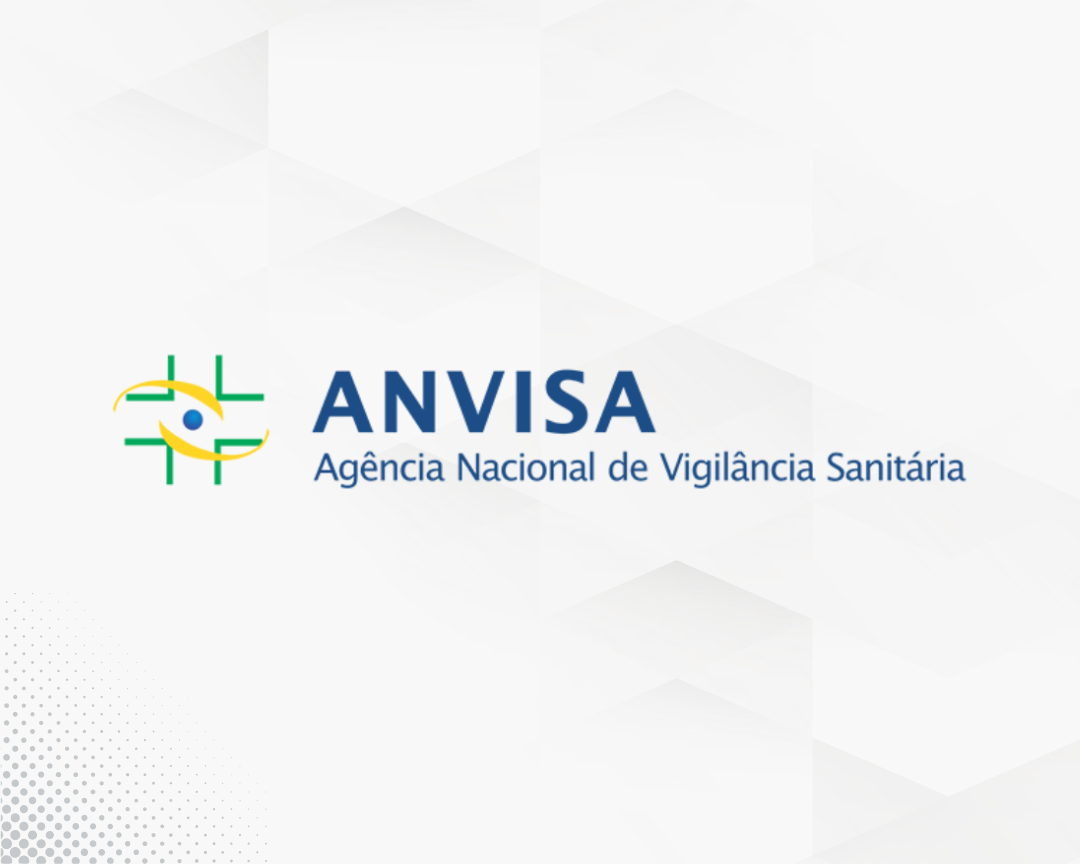Nitrite analysis of excipients is a new and analytically challenging area, with many organisations working quickly to determine the best practice and techniques to use.
The Nitrites in Excipients data sharing consortium was established in September 2020 and is part of Lhasa Limited’s effort to support the global challenge of nitrosamine risk assessment.
Currently the largest data sharing consortium that Lhasa hosts, the Nitrites in Excipients database has seen significant growth since it’s inception less than 2 years ago. By regularly sharing analytical data on the level of nitrites in excipients, consortium members are able to use this supporting data and knowledge to assess the likelihood that a nitrate or nitrite will react to form a nitrosamine in formulations. Used in this way, the Nitrites in Excipients database allows members to gain a better understanding of the risk posed by excipients in the final drug product, thus reducing the amount of testing required.

As the honest broker, Lhasa expertly curates the data from participating organisations, which is then hosted on our Vitic database. This allows a level of anonymity, whereby the submitting companies are known to each other, but who submitted what data, is known to Lhasa Limited only. To protect the confidential nature of the excipient manufacturer’s identity, the manufacturer and batch details are blinded before being entered into the database.
The Nitrites in Excipients database allows users to query, review and export data. The consortium has defined the data fields and the permitted values to ensure the correct level of detail and consistency across all data records. Any analytical method can be used to generate data providing that it complies with the consortium’s validation approach that was developed by experts in the consortium. These quality measures ensure high quality data, with the equivalent provenance to published literature.

With support and collaboration from experts in the consortium, the Nitrites in Excipients initiative is now a data sharing consortium of 21 pharmaceutical organisations.
“I am delighted to have joined and contributed to the Nitrites in Excipients data sharing consortium. The consortium has given me access to a whole network of experts from across the industry and has shown me that others are facing similar challenges and reassured me that what my company is doing makes perfect sense. The collaboration both with Lhasa and the other consortium members has been very pleasant and productive and I was encouraged to take on responsibility from day 1.” Dr. Joerg Schlingemann, Merck KGaA
Consistent member contributions mean that the database has grown quickly. Lhasa facilitated the first release of data in November 2020. In less than 2 years there has been a total of 6 data releases. The 2021.4 release in December 2021 brought the current database records to:
- 678 data records
- 79 excipients
Lhasa is enthusiastic and excited about the continuation and growth of the Nitrites in Excipients database, and to welcoming new members to the consortium. Our aim is to continue to grow the database with more data donations, and to advance our scientific understanding on nitrite levels in excipients and how this can impact the wider nitrosamine risk assessment.
In addition to facilitating the members directly involved in the consortium, Lhasa and the consortium members aim to support the wider scientific community through presenting at events and publishing on results observed in the database.
If your organisation would benefit from utilising proprietary data to support Nitrosamine Risk Assessment, get in touch with a member of our team to enquire about joining the consortium.
Last Updated on January 25, 2024 by lhasalimited



